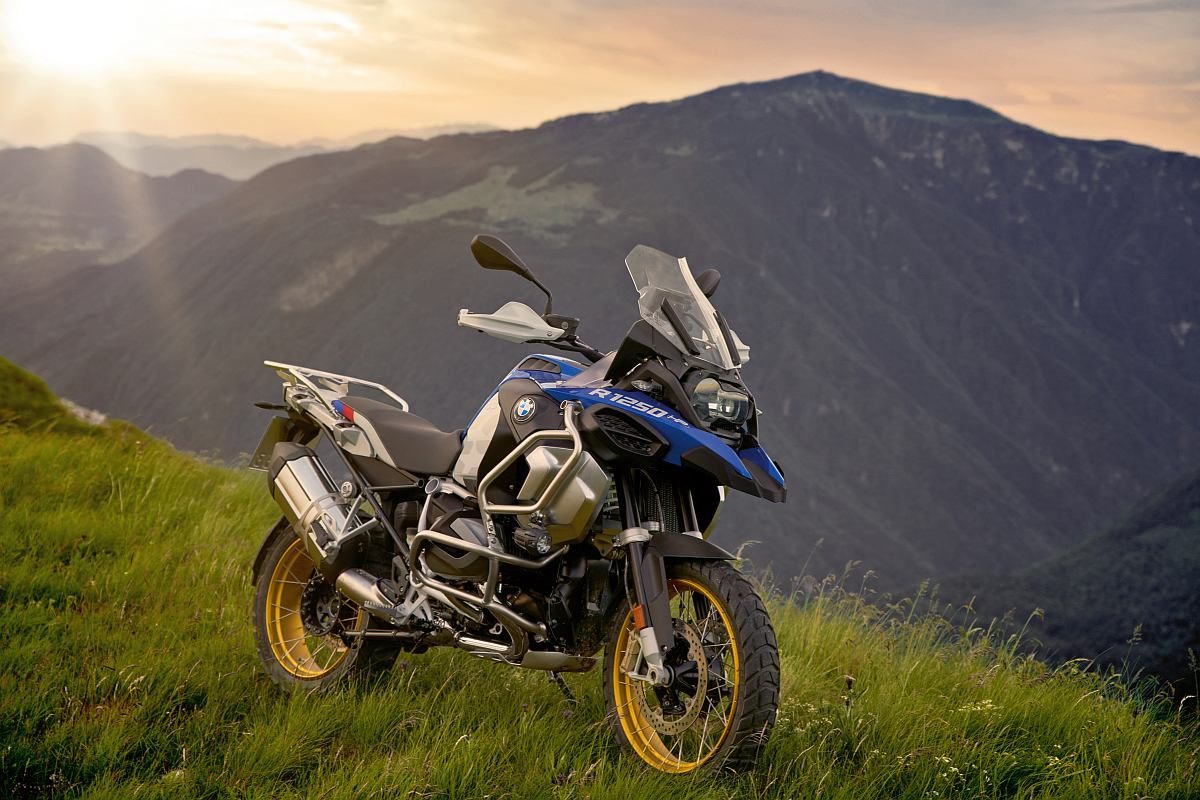The ADV-Tourer motorcycle segment might have seen quite a few new entrants in the past few years but no other motorcycle brand can match the legendary status of the BMW GS line-up of adventure motorcycles. These have been ruling their respective categories ever since they were introduced 40 years back. In the autumn of 1980, BMW Motorrad presented the R 80 G/S, a motorcycle which combined two very special areas of riding for the first time: Off-road and on-road. The R 80 G/S became the conceptual forerunner of the new motorcycle category of touring enduros created by BMW Motorrad.
The inception
The BMW GS models became the perfect synonym for the perfect partner on two wheels to explore even the most remote corners of our planet. To date, BMW Motorrad has been able to hand over more than 1.2 million BMW GS models to customers. To commemorate GS’ 40th anniversary, we take a look at their journey.
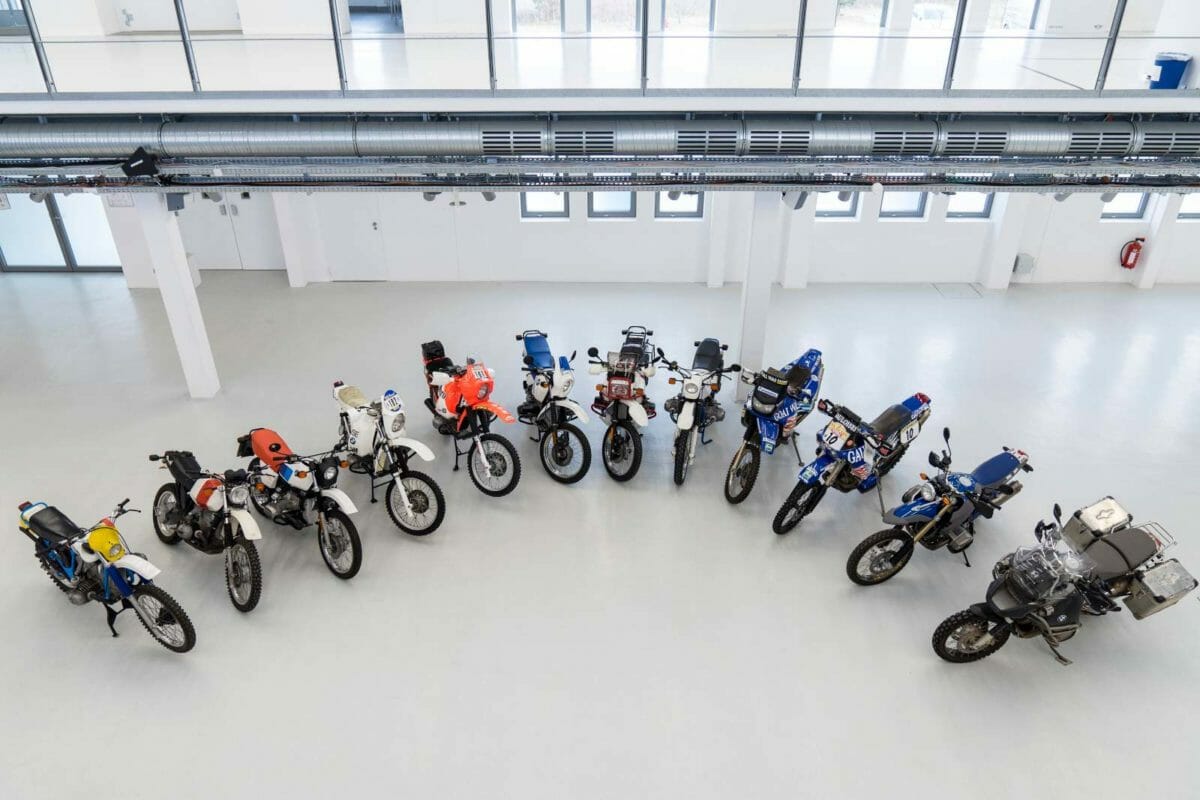
The R 80 G/S and its descendants also quickly proved their qualities in racing. In 1981 Hubert Auriol rode to victory in the equally prestigious and challenging Paris – Dakar Rally. This is just one of the many motorsport successes that BMW Motorrad was able to celebrate with a GS. In 1993, the F 650 “Funduro” was the first single-cylinder BMW enduro to come onto the market. While this bike drew its riding dynamics from its low weight and the thrust of the 47 hp single-cylinder, the changing of the guard took place simultaneously on the BMW GS models with boxer engine.
BMW R 1100 GS
With the BMW R 1100 GS, BMW Motorrad not only presented the first GS with a 4-valve boxer engine with 80 bhp output but also trodded new paths concerning suspension technology for large touring enduros. For the first time in an enduro, the engine and gearbox acted as load-bearing elements of the chassis, making the chassis superfluous. Also, the new R 1100 GS was the first enduro ever to be equipped with ABS – a safety plus that is now standard equipment on all BMW motorcycles.
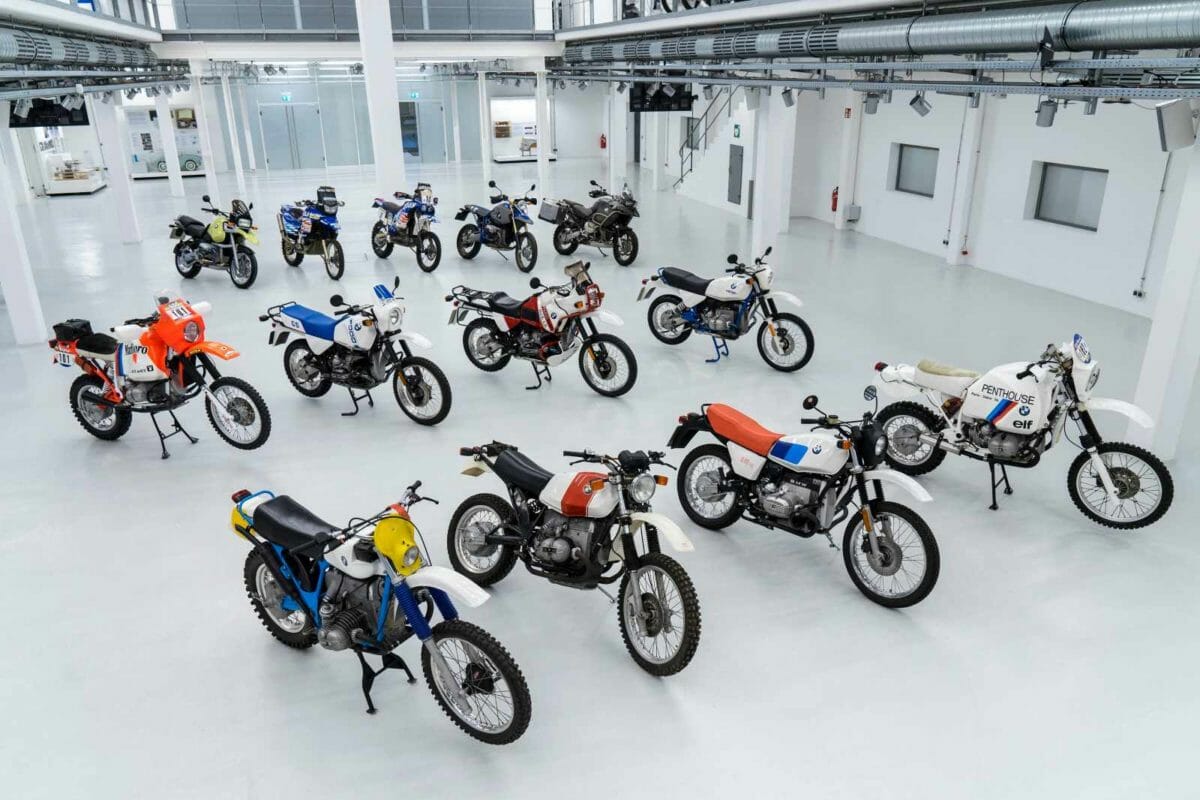
BMW F 650 GS
In addition to numerous new and further developments, including the F 650 GS (first single-cylinder with electronic fuel injection, catalytic converter and ABS), which was manufactured in Berlin from the year 2000 onwards, the F 650 GS and F 800 GS models launched in 2007 marked another outstanding milestone in BMW GS history. With their powerful, high-torque 2-cylinder in-line engine and torsionally stiff tubular frame, they interpreted the BMW GS theme in their own, yet very typical BMW way.
BMW R 1200 GS
BMW Motorrad presented another highlight in autumn 2009 with the launch of the revised BMW R 1200 GS. Now equipped with the even more free-revving DOHC boxer with two overhead camshafts per cylinder, it offered 81 kW/110 hp and even more advanced riding dynamics. In the 2010 anniversary year, BMW Motorrad paid tribute to the 30th anniversary of the GS models and their successes in both production motorcycle manufacturing and motorsport alike with the “30 Years GS” special models of the BMW R 1200 GS, R 1200 GS Adventure, F 800 GS and F 650 GS painted in the BMW Motorrad Motorsport corporate colours.
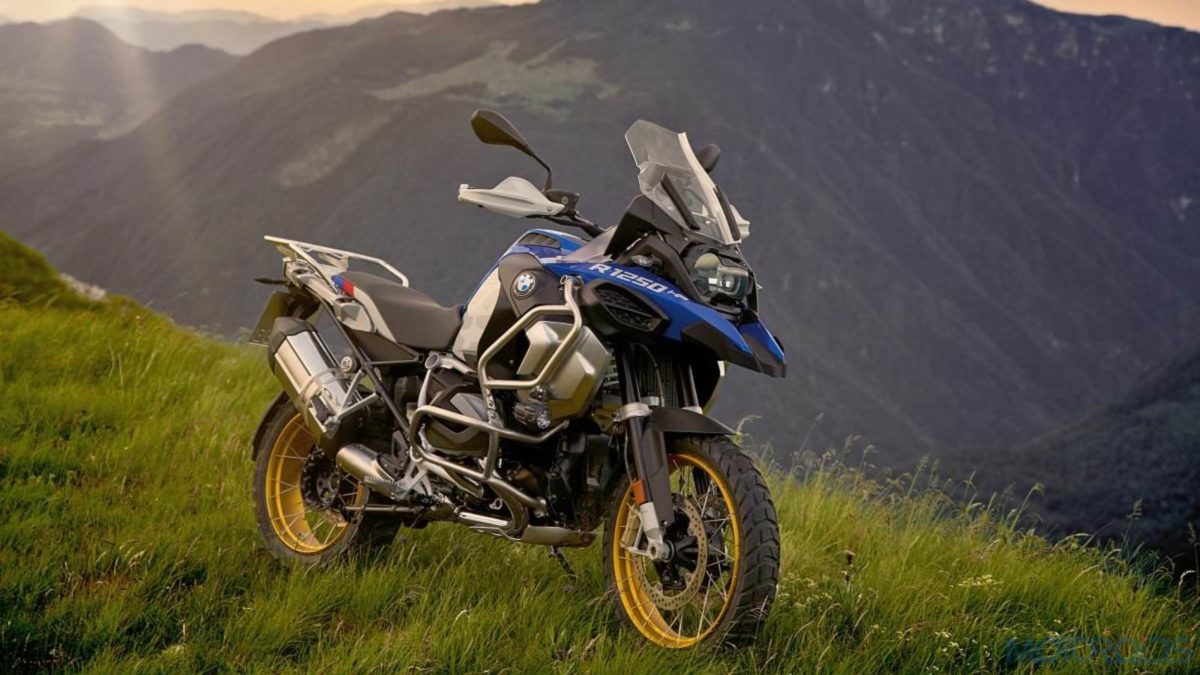
When BMW Motorrad presented the new R 1200 GS at Intermot in autumn 2012, interest was particularly focused on the completely redesigned engine. With an output of 92 kW (125 hp), the new R 1200 GS also provided superior riding performance. Barely one and a half years later, in March 2014, the 500,000th BMW motorcycle of the boxer-engine GS model series rolled off the assembly line at the plant in Berlin – this was an R 1200 GS Adventure.
The smallest GS, ever!
In autumn 2016, BMW Motorrad presented yet another GS model. This time it was the G 310 GS. It transferred the core qualities of a BMW GS to the engine capacity segment below 500 ccs and interpreted these in its style. Extremely compact, yet fully grown and comfortable, it opened up a whole new world of experience in its segment and became unique in the entry-level segment, above all due to its versatility.
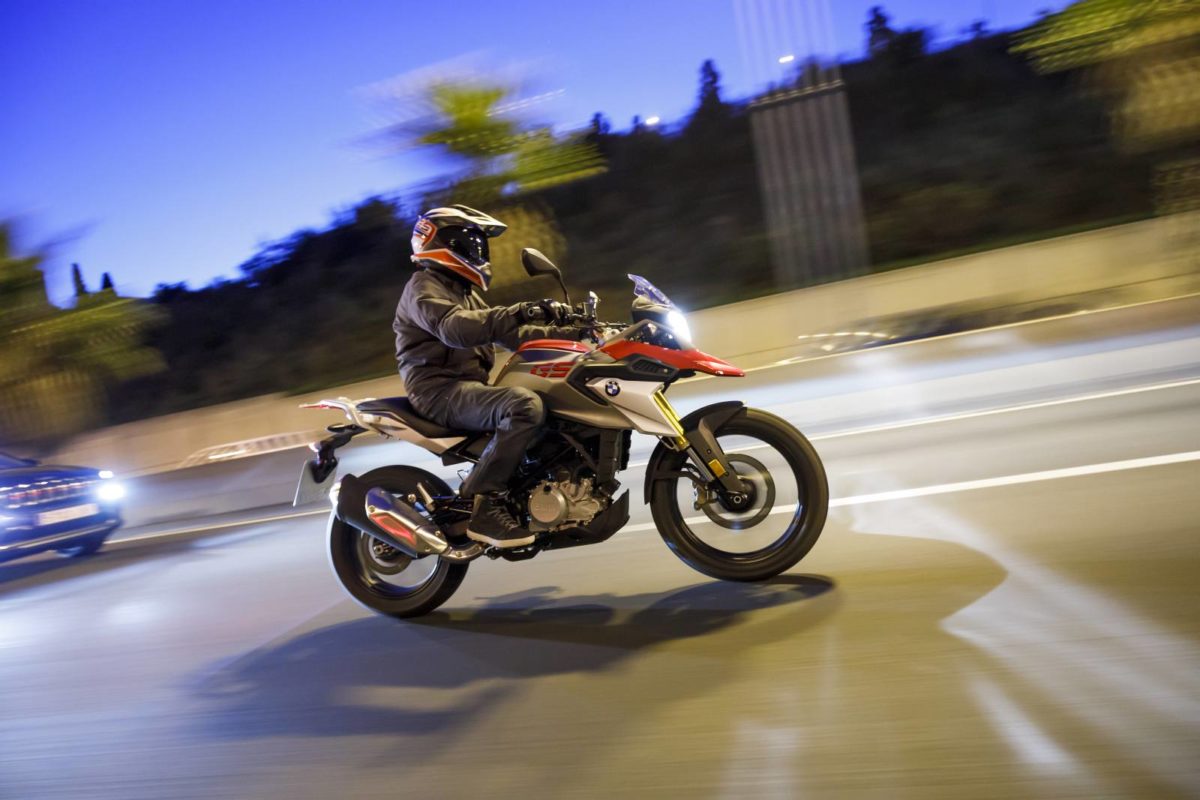
BMW R NineT Urban GS
In the same year, a completely different interpretation of the GS theme came on the scene: the R nineT Urban G/S. The R nineT Urban G/S drew on the genes of the very first and legendary BMW R 80 G/S of the year 1980, transporting them into the modern era with contemporary technology in the form of a classic enduro-style BMW motorcycle with boxer engine. As with the other R nineT models, the powerful, air/oil-cooled boxer engine with 81 kW (110 hp) output in combination with a six-speed transmission was installed.
BMW F 750 GS and F 850 GS
In 2017 BMW Motorrad continued to write GS history with the two completely redesigned F 750 GS and F 850 GS enduro models. BMW Motorrad consistently built on the typical GS strengths in the successor models to the successful 2-cylinder F 650 GS, F 700 GS and F 800 GS motorcycles to make good things even better. At the heart of the new development was a newly designed, powerful 2-cylinder in-line engine with two balancer shafts and 270/450 degrees ignition distance for optimised running characteristics and emotional sound. It generated 57 kW (77 hp) for the F 750 GS and 70 kW (95 hp) for the F 850 GS from 853 ccs, thus providing superior drive power for both GS models.
Also read: 2021 BMW S1000R Spied Testing, Will Receive Updated Styling and Features
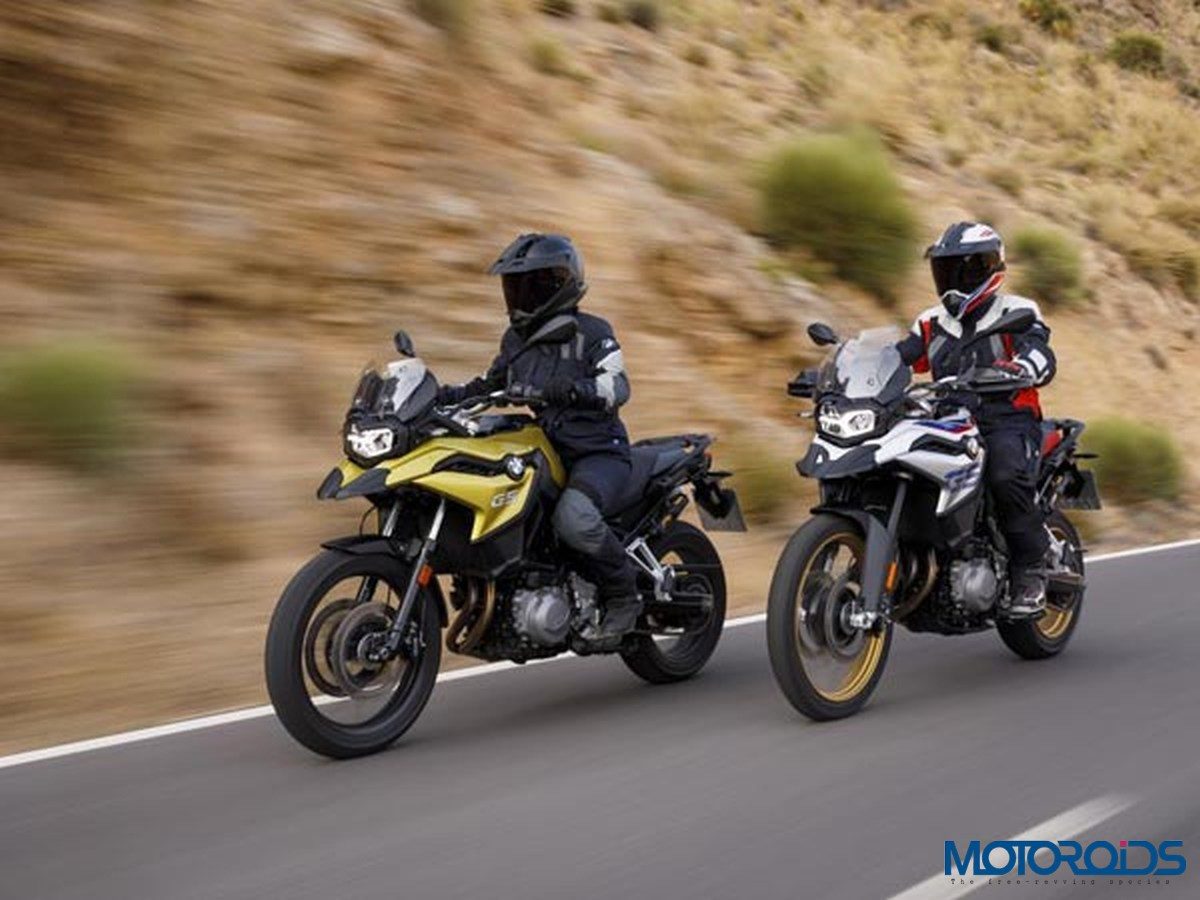
BMW’s ShiftCam Technology
In autumn 2018, BMW Motorrad once again introduced a radical upgrade for the boxer engine of the large GS models to further improve power and torque yield as well as reduce fuel consumption and emission values. For this purpose, BMW ShiftCam Technology was used for the first time in the serial production of BMW Motorrad engines: this allowed valve timings and valve stroke on the intake side to be varied. Also, the intake camshafts were designed for asynchronous opening of the two intake valves, resulting in enhanced swirl of the fresh, incoming mixture and therefore more effective combustion. Other technical changes to the engine related to the camshaft drive – now taken care of by a toothed chain (previously a roller chain) – optimised oil supply, twin-jet injection valves and a new exhaust system.

